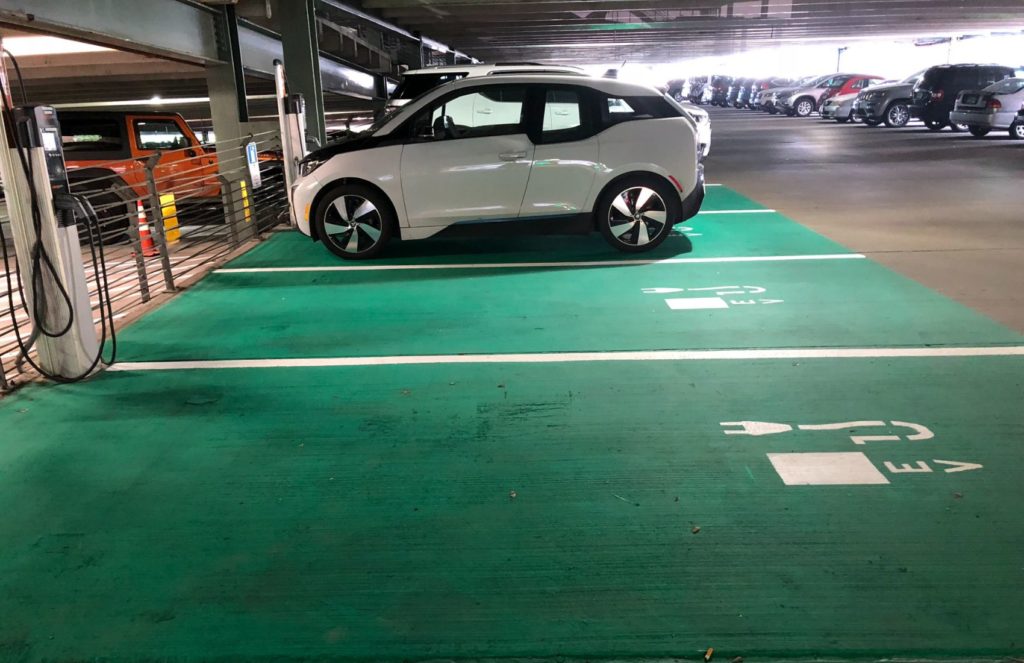- As EVs go mainstream, consumers will need to navigate rapidly changing standards.
- Tax exemptions and title-and-registration requirements are two of the biggest.
- RUC funding models are also new and require drivers to pay based on miles driven.
In less than a decade, the global share of new passenger EVs has increased every year by an average of 50 percent. Fourth-quarter EV sales in 2021 jumped up 72 percent (year-over-year) in the United States alone, making it the country’s best quarter for EV sales so far. Despite EVs growing in popularity and sales continuing to climb, changes are constant at the federal and state levels, meaning consumers increasingly have questions about EV tax exemptions, rebates, and title-and-registration needs. Here are some key factors to keep in mind to help you navigate these rapidly changing standards.
What to Know: Tax Exemptions
For many individuals, tax exemptions are a huge incentive to purchase new EVs. There are currently 45 states, as well as the District of Columbia, that provide incentives to those who own EVs or plug-in hybrid electric vehicles (PHEVs). These incentives are either delivered through a specific utility company operating in the state or via state legislation. A common incentive is a price reduction, offered by utility companies, for those who charge EVs during off-peak hours (i.e., overnight). Such charging results in lower pricing per kilowatt-hour and helps reduce stress on the electric grid.
In California, the state encourages EV adoption through the Clean Vehicle Rebate Program (CVRP). Under the CVRP, a $7,000 tax incentive is available for anyone who purchases or leases a qualified battery electric vehicle (BEV), PHEV, or fuel-cell electric vehicle (FCEV). The program gives out rebates on a first-come, first-serve basis and helps offset the initial cost of investing in low-emission vehicles (LEVs) and zero-emission vehicles (ZEVs).
Beyond state-level EV incentives, the federal government currently offers up to $7,500 in tax credits for EVs and PHEVs built in or after 2010, depending on the battery capacity of the vehicle. Because current laws already affect EV incentives, and future legislation could further impact what incentives are available, it’s critical for consumers to be aware of their availability at both federal and state levels.
What to Know: Registration & Special Fees
Requirements are emerging when it comes to registering EVs, and right now, many aspects are actually very similar to the registering process for gasoline vehicles. However, one area that is notably different is when it comes to the special fees that apply to EVs and PHEVs. Many states are putting these fees in place to address lower gas tax revenues and create more equity among drivers of different types of vehicles.
At the moment, 28 different states have laws on the books requiring a special registration fee for EVs, and of those, 14 states also assess a separate, slightly lower fee for PHEVs. Fees can range from about $50 per year in states like Colorado, South Dakota, and Hawaii to $225 per year in Washington. States like Oklahoma use a tiered EV-fee system based on vehicle weight with a flat fee of $110 for EVs under 6,000 lbs. Typically, revenue from additional EV and PHEV registration fees is used toward state transportation funds, but a few of these states also allocate fee revenue to support charging infrastructure.
While registration fees are one of the ways states are working to address lower gas tax revenue and equity between drivers, many states are moving forward with or are considering pieces of legislation that deal with road user charges (RUCs). Maine, Nevada, New Mexico, Oregon, Utah, Virginia, and Washington all have laws that pertain to RUCs (also called Vehicle Miles Traveled fees or Mileage-Based User Fees). RUCs are a funding mechanism that helps to more closely link transportation taxes to how often a driver uses the road, instead of more traditional fuel taxes.
An RUC funding model requires drivers to pay based on miles driven, instead of gallons of fuel used. Certain states, like Oregon and Utah, allow drivers to participate in RUC programs instead of paying special registration fees for EVs and PHEVs. The federal government has also been supportive of these state RUC programs via the Surface Transportation System Funding Alternatives (STSFA) grant program, which awards grants to states that enact RUCs.

Other Considerations: Batteries
Not all EVs are the same – in fact, different EVs and PHEVs have different battery types. The most common EV battery is the lithium-ion battery, while nickel-metal hydride batteries are more commonly used in PHEVs. Lead-acid batteries and ultracapacitors are often used in EVs to supplement battery loads.
Weather can impact EV and PHEV batteries, altering overall battery life and range. Extremely hot temperatures affect management systems and efficiency, and extremely cold temperatures lengthen charging times and reduce overall range. It’s also harmful to the batteries’ long-term lifespan for EVs to sit idle for lengthy periods of time, or to be fully charged too frequently. It’s best for EVs to always remain at 20 to 80 percent charge, therefore owners must have reliable access to at-home or public charging.
While factors around EV ownership are still evolving, consumers are well on their way to mass adoption as more products enter the market and consumers increasingly understand what is required to own and care for these vehicles.
Rich Pinnock brings more than 20 years of experience in the supply chain and logistics space, currently serving as the executive vice president for fleet services at ACERTUS. He is a graduate of the University of Baltimore and earned his MBA in International Business and MS in Electronic Commerce from the University of Maryland.




